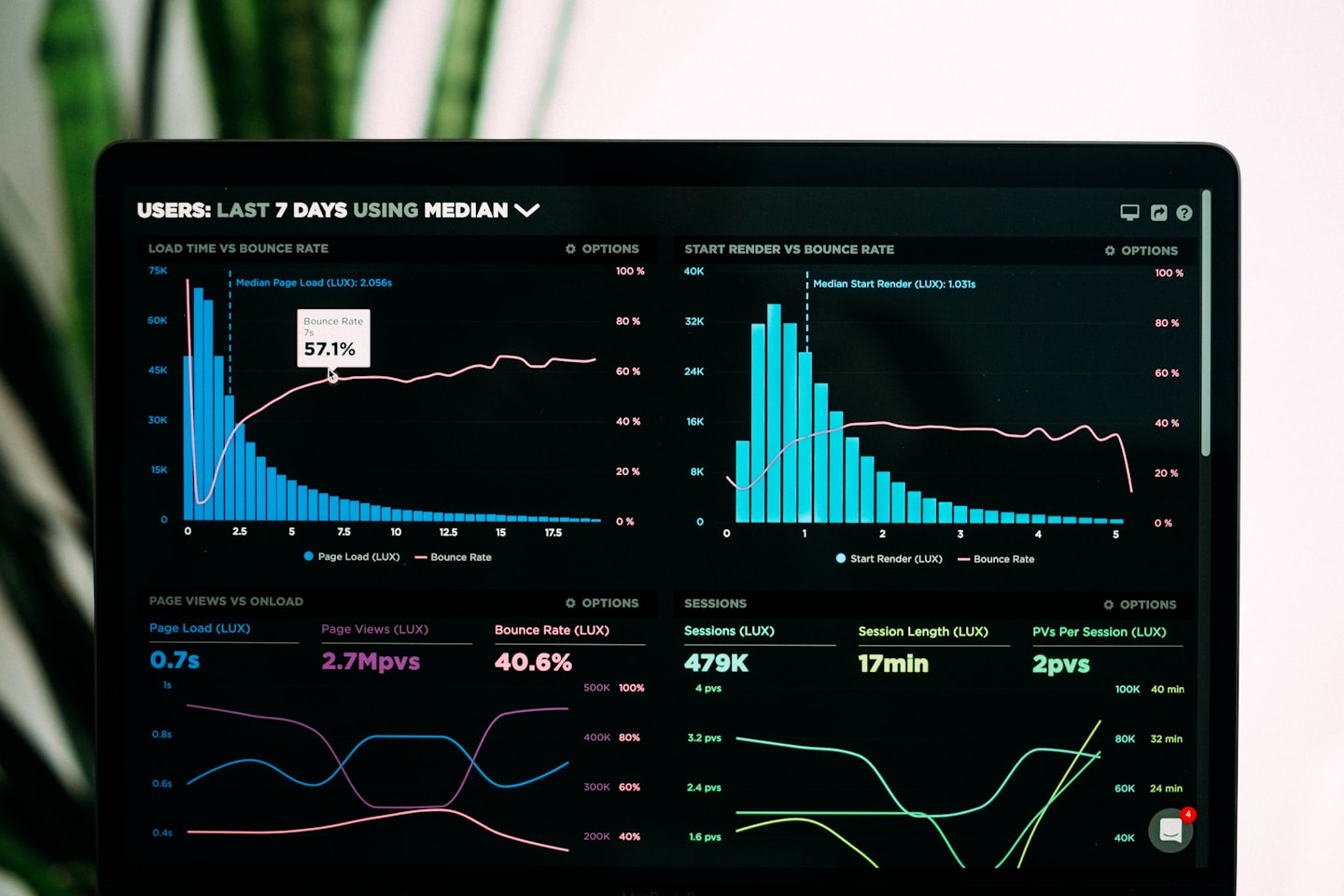Starting a WordPress site can be exciting, but it can also feel overwhelming with so many things to set up. To make your journey easier, we’ve compiled the ultimate checklist for WordPress beginners. Follow this guide to ensure your site is properly configured, secure, and optimized for success.
Choose the Right Hosting & Install WordPress
✅ Select a reliable hosting provider (e.g., Bluehost, SiteGround, or WP Engine).
✅ Choose between shared, VPS, or managed WordPress hosting.
✅ Install WordPress via one-click installation from your hosting dashboard.
✅ Set up an SSL certificate for secure browsing (HTTPS).


Set Up Basic WordPress Settings
✅ Go to Settings > General and configure Site Title, Tagline, and Timezone.
✅ Change the default permalink structure to Post Name under Settings > Permalinks.
✅ Remove sample content (e.g., default post, page, and comment).
✅ Adjust reading settings (e.g., homepage displays a static page or latest posts).
Choose and Customize a Theme
✅ Install a free or premium WordPress theme (e.g., Astra, GeneratePress, or OceanWP).
✅ Customize your theme via Appearance > Customize (colors, fonts, logo).
✅ Ensure your theme is responsive and mobile-friendly.
✅ Test your site’s look on different devices.
Install Essential Plugins
✅ SEO Plugin: Yoast SEO or Rank Math.
✅ Security Plugin: Wordfence or Sucuri.
✅ Backup Plugin: UpdraftPlus or VaultPress.
✅ Caching Plugin: WP Rocket or W3 Total Cache.
✅ Contact Form Plugin: WPForms or Contact Form 7.
✅ Google Analytics Plugin: Site Kit by Google.
Create Important Pages
✅ Homepage – The first impression of your site.
✅ About Page – Introduce yourself or your business.
✅ Contact Page – Include a form, email, and social links.
✅ Privacy Policy & Terms of Service – Required for legal compliance.
✅ Blog Page (if applicable) – Where your blog posts will be displayed.
Configure SEO Settings
✅ Install and configure Yoast SEO or Rank Math.
✅ Set up meta titles and descriptions for pages and posts.
✅ Submit your XML sitemap to Google Search Console.
✅ Optimize images with an image compression plugin (e.g., Smush or Imagify).
✅ Ensure your URLs are clean and keyword-friendly.
Improve Website Security
✅ Change the default admin username to something unique.
✅ Set up two-factor authentication (2FA) for added security.
✅ Limit login attempts with a security plugin.
✅ Regularly update WordPress core, themes, and plugins.
✅ Schedule automatic backups in case of emergencies.
Optimize Website Speed
✅ Enable caching with WP Rocket or a free caching plugin.
✅ Use a Content Delivery Network (CDN) like Cloudflare.
✅ Optimize images before uploading (use WebP format if possible).
✅ Minify CSS, JavaScript, and HTML files.
✅ Reduce the number of plugins installed.
Set Up Analytics and Tracking
✅ Install Google Analytics using Site Kit or MonsterInsights.
✅ Set up Google Search Console to track search performance.
✅ Monitor site traffic and adjust your content strategy accordingly.
Launch and Promote Your Website
✅ Test your site’s performance and responsiveness.
✅ Share your site on social media platforms.
✅ Set up an email list using Mailchimp or ConvertKit.
✅ Start publishing content and engaging with your audience.
Final Thoughts
By following this WordPress beginner’s checklist, you’ll have a well-optimized, secure, and fully functional website. Keep updating and improving your site over time to ensure long-term success.
? Now it’s time to start your WordPress journey! ?


Leave a Reply